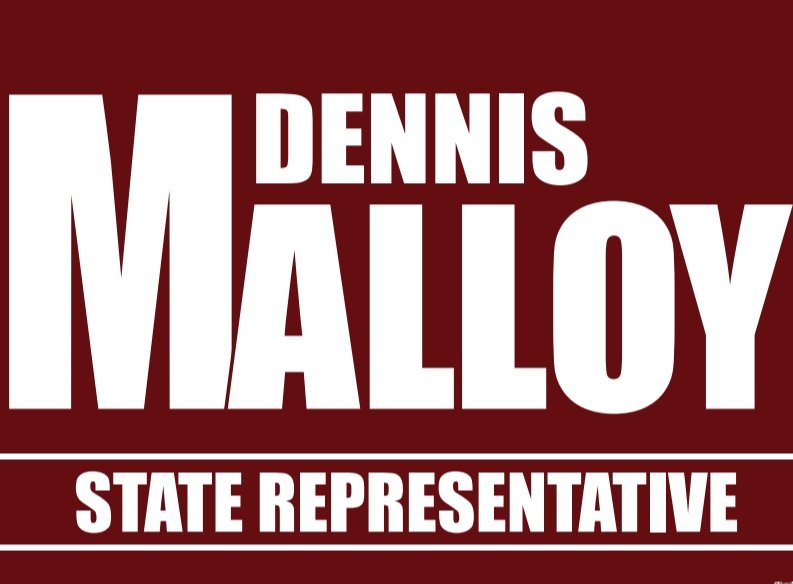Coakley Landfill
Coakley landfill located in Greenland and North Hampton, NH
In a 29-page analysis of the Draft Deep Bedrock Investigation Final report commissioned by the Coakley landfill group (CLG) the Environmental Protection Agency (EPA) says the December 2021 report lacks full consideration of the extensive data generated by the study and existing historic data. The EPA also claims that the Draft report lacks completeness, questions its technical accuracy and missed on its responsiveness to the objectives of the investigation.
This is a link to the entire report. https://semspub.epa.gov/work/01/100020249.pdf
The Coakley landfill is an EPA Superfund site and the CLG has been managing the property located in both Greenland and North Hampton since it was capped and has been gathering this data from April 2017 until October 2021.
EPA and the New Hampshire Department of Environmental Services (NHDES) reviewed the Draft Report for completeness, technical accuracy, and responsiveness to the objectives of the investigation and have found it to be lacking in all those areas. Significant aspects of the interpretations presented are incomplete and lack full consideration of the extensive data generated by the deep bedrock investigation and existing historic data.
Several components of the hydrologic characteristics at the Site are not fully addressed or discounted all together, resulting in an incomplete Conceptual Site Model (CSM).
The recommendations provided do not fully address the extensive comments that EPA and NHDES have already provided throughout this investigation; they fall short of what will be required to fully document the bedrock flowpaths at the Site; and the recommendations do not establish a long-term plan for monitoring the flowpaths in bedrock and the impact and potential risks to receptors.
In several cases the Draft Report provides interpretations that are inconsistent, confusing, or inaccurate, presents several conclusions that are based only on single lines of evidence, and does not provide recommendations that are adequate for the continued assessment of contaminant migration in the bedrock aquifer.
EPA does concur with several of the findings in the Draft Report and made several recommendations to the CLG including installing a monitory well to measure the extent of contamination migrating along the southern flowpath within the bedrock trough, sample temporary well TMW-11 to confirm the western GMZ boundary, submit a work plan for competing open bedrock boreholes and continue investigating the interaction between groundwater and surface water at the Site.
The EPA analysis was submitted March 16, 2022 by Richard Hull, Remedial Project Manager New Hampshire and Rhode Island Superfund Program.

